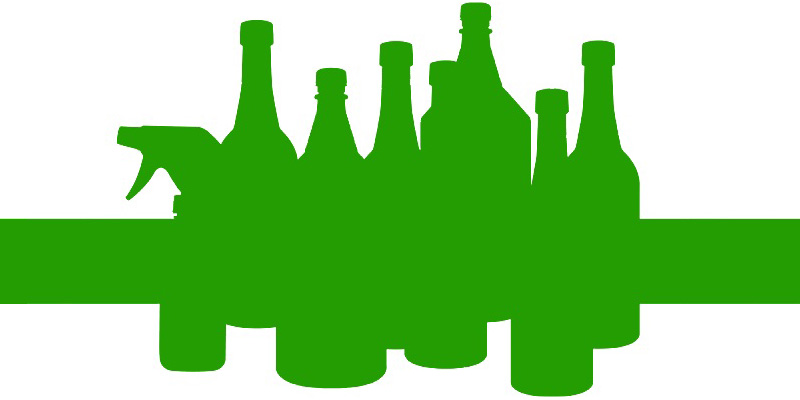
2011: Product Right Sizing (Part 2)
PRODUCT RIGHT SIZING (PART 2)
Executive on Demand Position:
President, Chief Operating Officer, Vice President Logistics, Vice President Procurement, Vice President Sales and Marketing
Project Outline:
Buying a vehicle today is an expensive proposition. The manufacturers make the base price of the vehicle very attractive however once you add all of the bells and whistles the purchase of a vehicle appears to have turned into an investment. As the cost of the vehicle increased so has the cost to maintain and service them. This is especially important because most vehicle owners do not plan or budget for regular and unexpected maintenance and repair services.
Most of the maintenance and repair services provided by professional repair shops require the use of specialty cleaning and lubrication products. Traditionally these products were packaged in large dispensing sizes (i.e. Brake Cleaner, Silicone Spray, White Lithium Grease, etc…) and used as needed on vehicle repairs and the cost written off against the operation. Over time the cost of these specialty products escalated and service repair centers gradually introduced a new cost line on the customer repair orders called “Shop Supplies.” This new cost line item appears to have been standardized at 5% of the total cost of the service provided (Parts & Labour). The addition of a shop supplies cost does allow the service provider to recover their costs for partial use of non-recoverable packaged products (cleaners and lubricants), rags, printing paper, etc. However, the outcome of this practice has not gone unrecognized by consumers and government agencies, largely because it can be seen as a cash grab by the service provider. Applying a 5% fixed shop supplies rate may reflect the cost for unrecoverable items on small repairs services under $100 (yielding $5.00), but if a repair invoice totals $1,000, which is not uncommon these days yields a shop supply line item of $50. When a service repair outlet is challenged on itemizing what type of products are included in this category and the cost associated with them, they find it very difficult to justify and will usually reduce it to a more acceptable level.
The issue related to the “Shop Supply” line cost is an opportunity for a supplier of products that are used and classified in this category. For a supplier of the cleaning and lubrication products this is an opportunity to rethink the packaging of the products and how they are actually used.
Project Outcome:
Instituting a bulk storage of popular cleaning and lubrication products used in an automotive service repair facility can provide a solution to this problem. Buying the liquid products in 4L, 5L or 20L bulk sizes and then using refillable aerosol or bottle spray packaging can address the cost associated with “Shop Supplies.”
Instituting a bulk inventory program along with -reusable aerosol and bottle spray dispensers provides the service facility with a unique opportunity to set its pricing for products used by charging the quantity used (charge by the ml). This practice avoids any direct price comparisons to packaged products, allows for a higher price per measure (ml/oz) used yielding a higher price and increased margin contribution, and most importantly the Return on Investment (ROI) increases significantly because less space is used for storage as compared to pre-packaged products. Lastly there is a cost savings associated with a reduction in the cost of handling and disposing of empty plastic bottle and aerosol cans.
